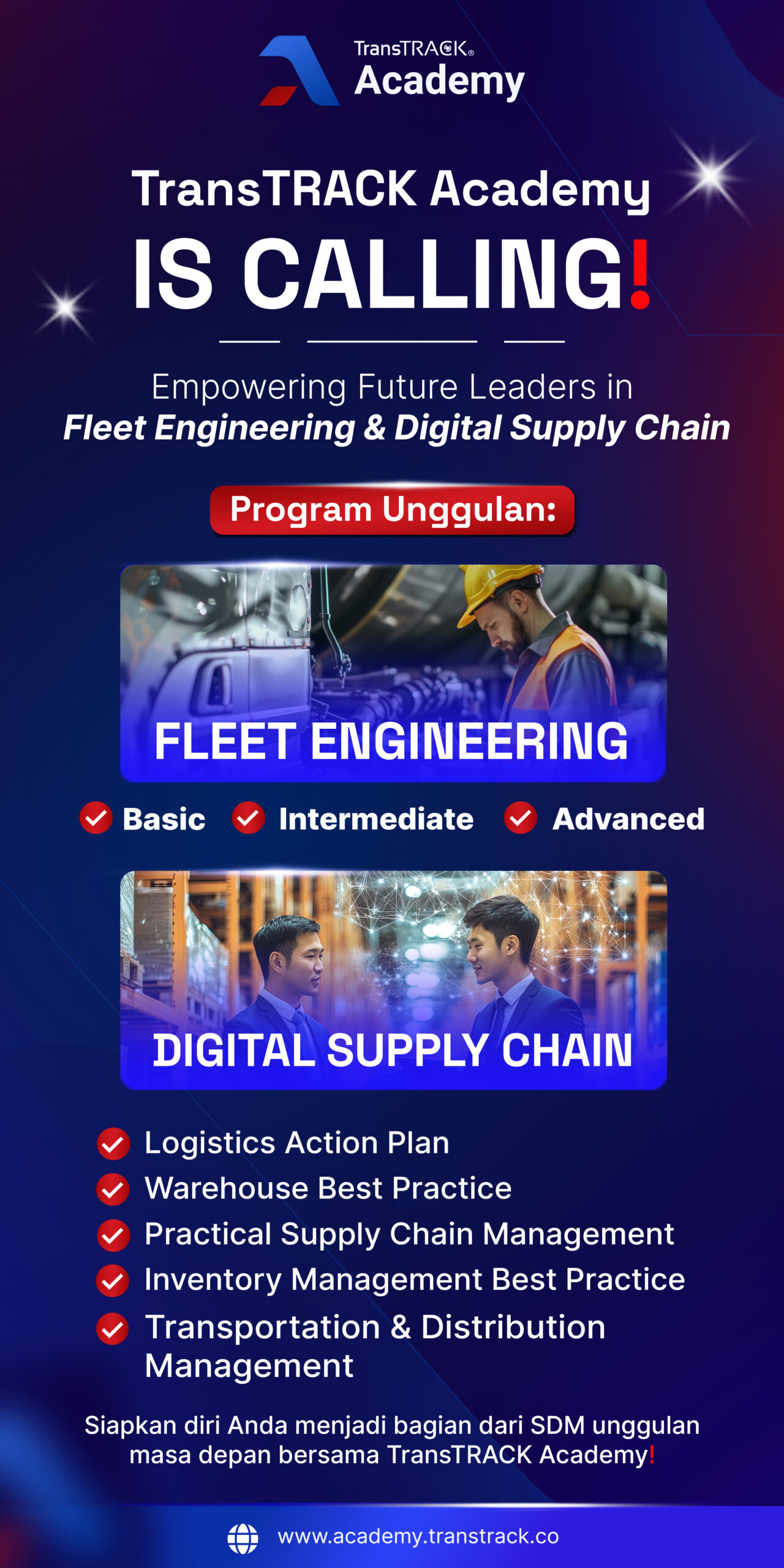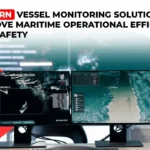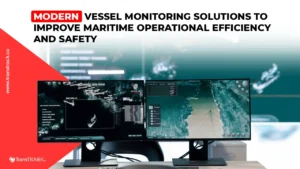Port Logistics: Modern Solutions for Port Efficiency and Connectivity
Posted on October 31, 2025 by Nur Wachda Mihmidati
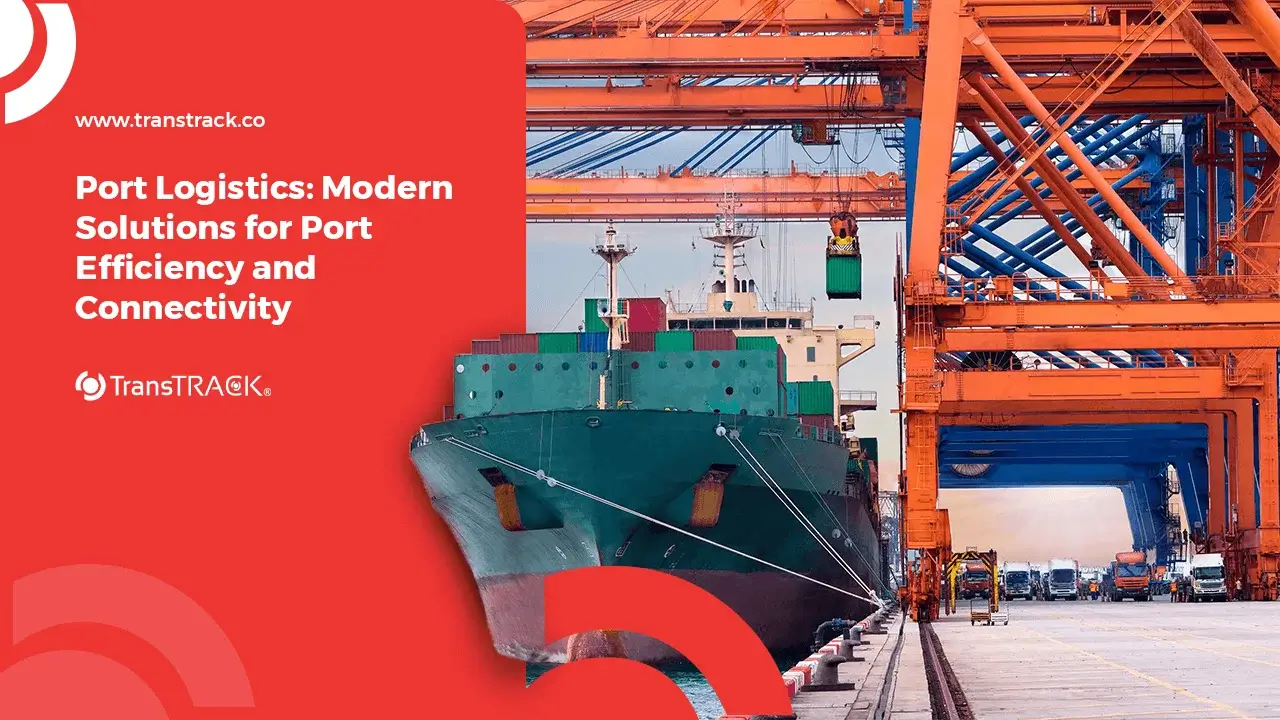
The port logistics sector plays a vital role in maintaining a smooth global supply chain, particularly in an era of increasingly complex international trade. Effective port logistics management helps ensure the efficient, safe, and transparent flow of goods from ship to shore. However, challenges such as lack of coordination, long queues, and limited real-time data remain significant obstacles.
This TransTRACK article will provide insights into the importance of digital transformation in port logistics and how system integration can be the key to smarter and more sustainable ports.
What is Port Logistics?
Port logistics is a management system that encompasses the entire process of moving goods within a port area, from ship arrival and loading and unloading to onshore distribution. Its primary goal is to create an efficient, transparent, and integrated logistics flow between all parties involved. With the support of technology, port logistics is now the backbone of an increasingly complex global supply chain.
Key Challenges in Port Logistics Operations
In practice, port logistics management often faces various obstacles that impact productivity and efficiency. These challenges arise from a lack of coordination, limited real-time data, and queuing issues in port areas. Here are some of the main challenges frequently encountered:
Lack of transparency in the movement of goods
Many ports still use manual systems, which cause delays in tracking goods. A lack of transparency makes it difficult for relevant parties to accurately determine the location of containers, ultimately slowing the distribution process and reducing port logistics efficiency.
The difficulty of coordination between trucks, ships and warehouses
Unsynchronized schedules between ships, trucks, and warehouses pose a major obstacle. Without an integrated port logistics system, the flow of goods in and out becomes inefficient and can potentially lead to congestion in terminal areas.
High queues and waiting times (port congestion)
Port congestion occurs due to limited space, uncoordinated loading and unloading schedules, and a surge in export and import activity. This slows port throughput and increases operational costs for both operators and service users.
Lack of real-time data for quick decision-making
Without real-time data support, management struggles to make strategic decisions regarding loading and unloading priorities, truck allocations, or shipping plans. Digital technology in port logistics is essential to ensure accurate, data-driven decisions.
Technology Solutions for Port Logistics Optimization
Technological advancements have provided various solutions capable of improving port logistics efficiency. Digital systems and data integration are now key to reducing operational barriers in modern ports. Here are some technologies playing a significant role in this transformation:
Port Transport System (PTS): Manages the entry and exit of fleets and trucks
PTS assists port managers in managing the flow of vehicles entering and leaving the port area. This system allows digital control of truck and fleet movements, reducing congestion and increasing port logistics throughput.
Truck Appointment System (TAS): Reducing truck queues at ports
The TAS system allows truck operators to schedule port visits online. This reduces waiting times, optimizes dock capacity, and supports overall port logistics efficiency.
Fleet Command Center: Real-time monitoring of vehicle and cargo movements
With a fleet command center, port managers can monitor the location and status of vehicles and containers in real time. This system strengthens operational control and minimizes the risk of loss or delay in the port logistics chain.
E-Seal & IoT Sensor: Ensuring container safety during transit
E-seal technology and IoT sensors help ensure containers remain secure throughout their journey from port to their final destination. Real-time data transmission enhances the transparency, security, and reliability of modern port logistics systems.
Business Benefits of an Integrated Port Logistics System
Implementing an integrated port logistics system not only impacts operational efficiency but also provides competitive advantages for businesses. Ports that adopt this technology can significantly improve competitiveness and customer satisfaction.
Efficiency of time and operational costs
With process automation and data integration, loading and unloading times can be shortened and operational costs reduced. This makes the supply chain more efficient and reduces overall logistics costs.
Increased end-to-end supply chain visibility
An integrated port logistics system provides full visibility into the flow of goods from ship to land distribution. With accurate data, companies can anticipate bottlenecks and respond more quickly to market changes.
Compliance with port regulations and safety
Digital systems help ensure that all port activities comply with applicable regulations and safety standards. This increases the trust of business partners and port authorities in logistics operations.
Competitive advantage in the logistics and export-import sector
Companies that implement modern port logistics will have a competitive advantage in speed, accuracy, and transparency of service. This is a significant advantage in facing global competition.
Conclusion: A More Integrated Future for Port Logistics
The future of port logistics is the total integration of digital systems, real-time data, and intelligent analytics. Supported by technologies such as IoT, AI, and big data, ports will be able to operate more efficiently, safely, and sustainably. Digital transformation is no longer an option but a necessity to maintain competitiveness in the ever-evolving global logistics ecosystem.
By using the port transport system from TransTRACK—an integrated system that manages all transportation activities that occur in and around the port, you can improve the efficiency and operational logistics of your port to a higher and better level.

FAQ
What is meant by port logistics?
Port logistics is the process of managing the movement of goods and vehicles at ports, including loading and unloading, storage, and distribution.
What is the role of port logistics in the supply chain?
Port logistics serves as the primary link between maritime and land transportation in the global supply chain, ensuring the smooth flow of goods.
How does the port logistics system work?
Port logistics systems work by integrating various parties such as ship operators, trucks, and warehouses using digital technology to increase efficiency.
What are the challenges in port logistics?
The main challenges include lack of transparency, difficulty coordinating between modes of transport, port congestion, and limited real-time data.
What technologies are used in modern port management?
Technologies such as Port Transport System, Truck Appointment System, Fleet Command Center, and IoT Sensor are the main solutions in modern port logistics management.
Recent Post
Topic :
Recommended Articles
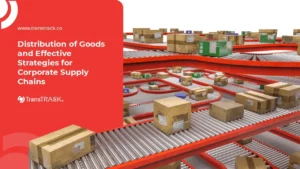
 Bahasa Indonesia
Bahasa Indonesia


